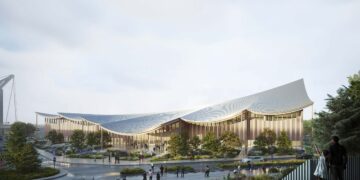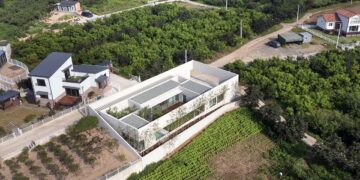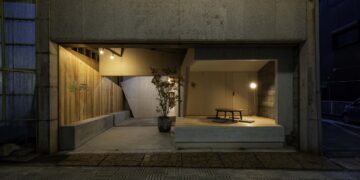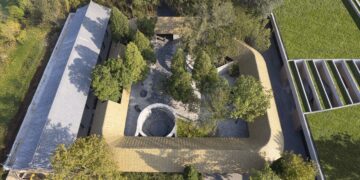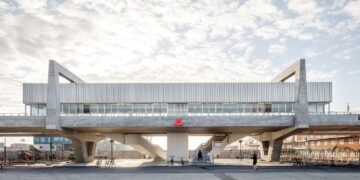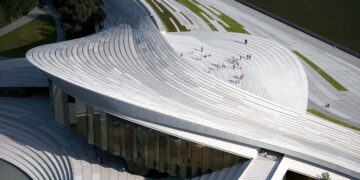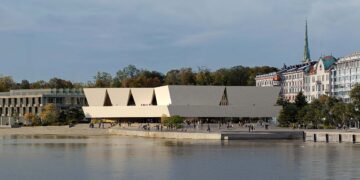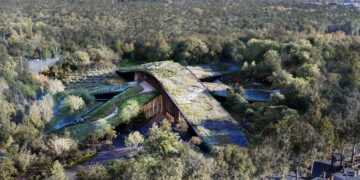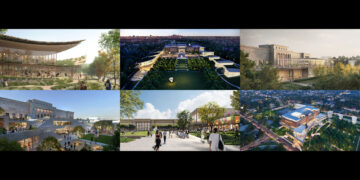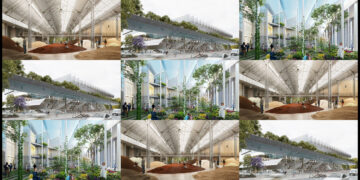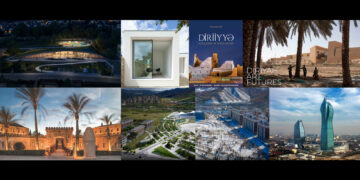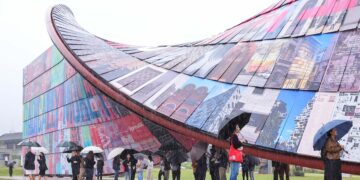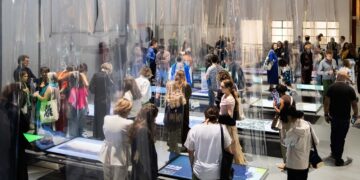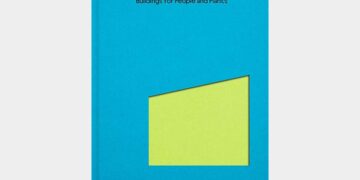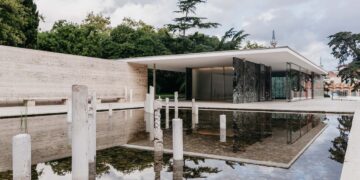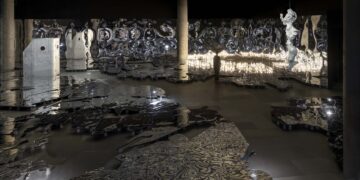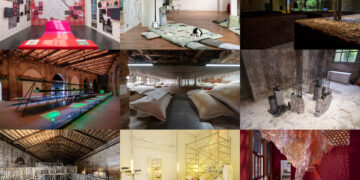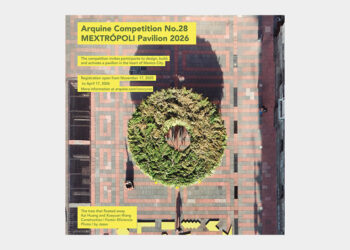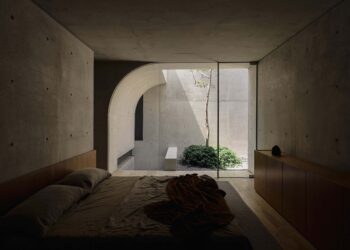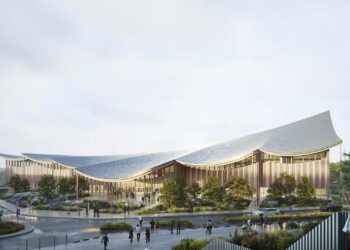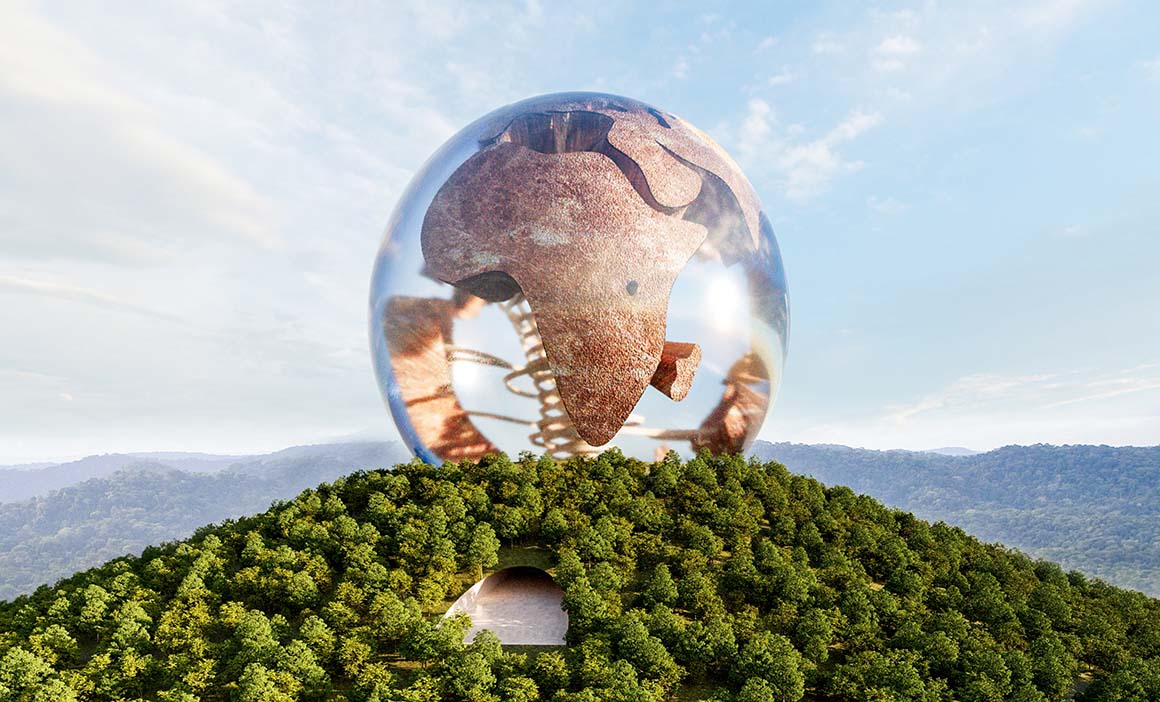

In 2022, Pritzker Prize–winning architect Diébédo Francis Kéré designed UNESCO‘s Virtual Museum of Stolen Cultural Objects. Kéré’s design takes the form of a baobab tree, symbolizing resilience and the central role the tree plays in many African communities. The tree‘s roots serve as a metaphor for the foundations of identity, encompassing both tangible and intangible cultural heritage. Visitors can explore the exhibited objects by clicking a mouse or tapping a screen, ascending a massive helical ramp that corresponds to the tree’s trunk. In the gallery spaces, objects are displayed floating atop cylindrical plinths or mounted on rectangular partitions.
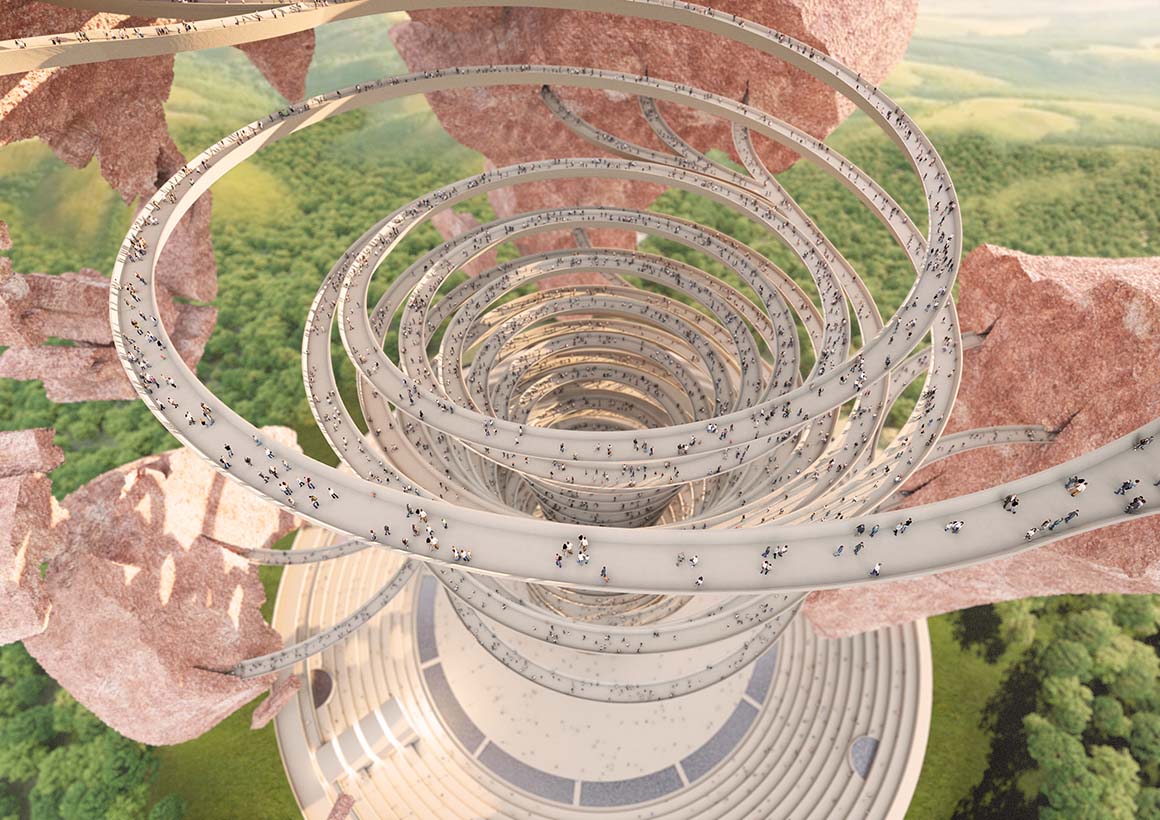
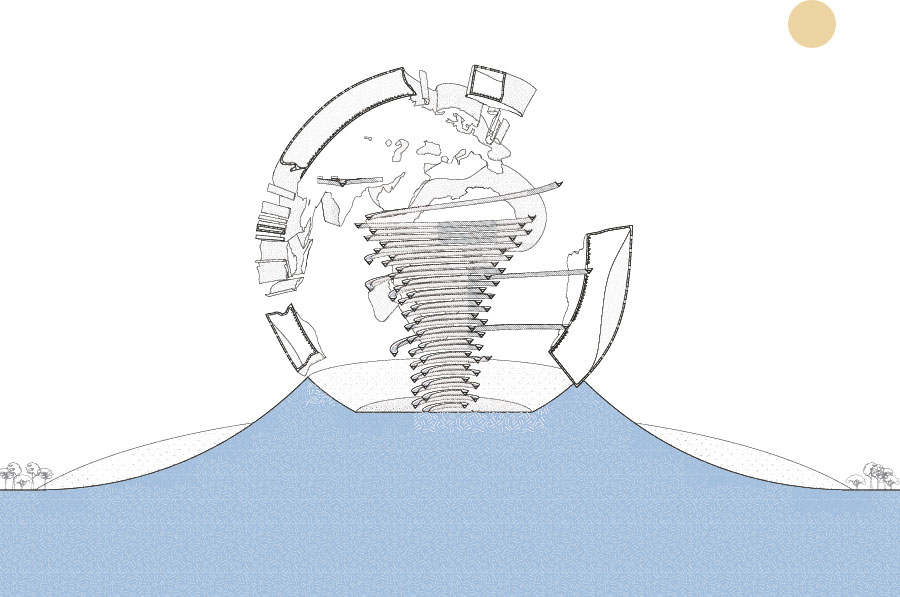

The UNESCO Virtual Museum project aims to raise awareness among younger generations about the illicit trafficking of cultural property and to help combat it, based on the 1970 UNESCO Convention, which calls on UN member states to repatriate looted artworks. UNESCO officially announced this initiative at MONDIACULT, an international conference in 2022 focused on developing a roadmap to strengthen cultural policies.
As the world‘s first cultural property platform of its kind, the virtual museum uses 3D modeling and virtual reality technologies to recreate stolen cultural objects selected by UNESCO member states. Interpol’s database lists more than 52,000 stolen cultural items, approximately 600 of which will be displayed in the virtual museum. Users can explore the museum‘s design, interactive tools, and digitized objects. Educational materials and testimonies from affected communities are provided to enhance understanding of illicit artifact trafficking. The museum also highlights successful restitution cases to illustrate the importance of international cooperation in addressing cultural looting.
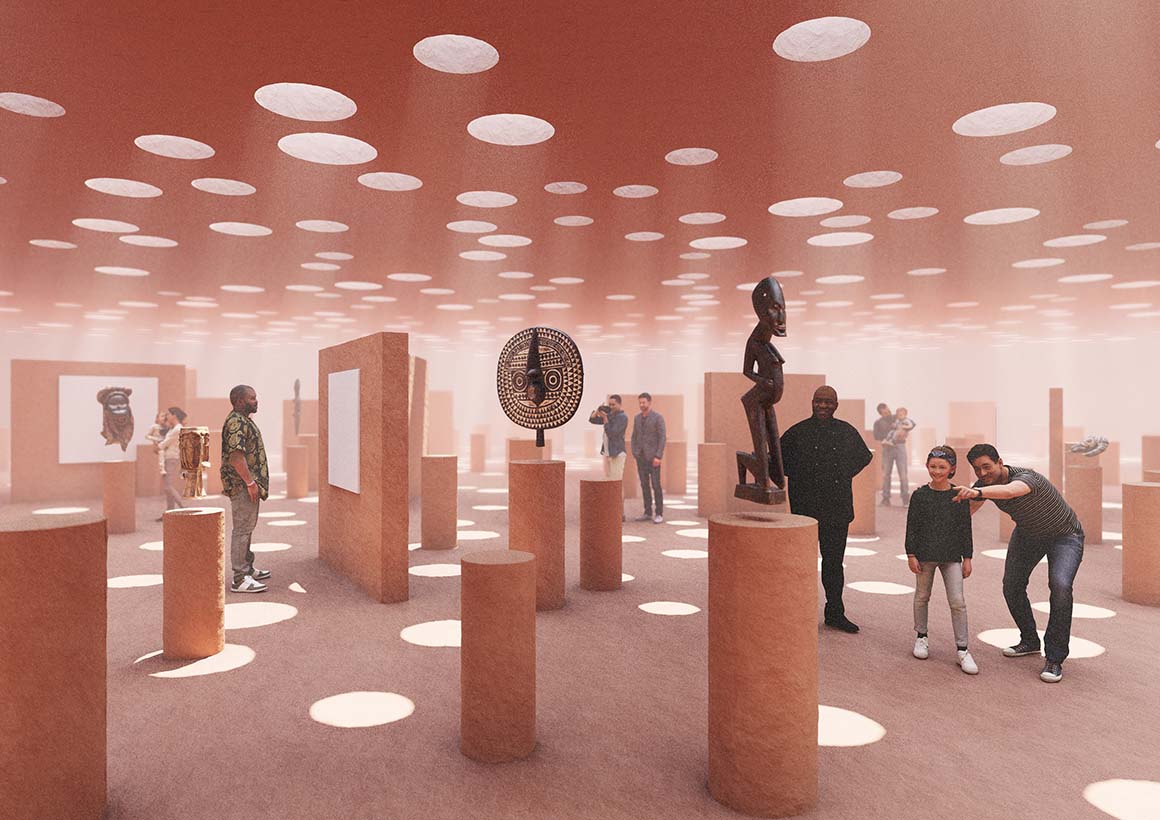
Culture, like the interdependent roots of a tree, must be nurtured. Cultural heritage forms the roots of a community, and the theft of such objects undermines the foundation of cultural identity. Inspired by resilience, the UNESCO Virtual Museum plays a role in educating the public about the importance of preserving these interconnected elements.
UNESCO Director-General Audrey Azoulay said upon announcing the project, “While this virtual exhibition won‘t make up for the physical lack of these artworks, it will at least restore fundamental awareness and help strengthen advocacy for their return.” She added, “It’s about imagining a museum in a way that‘s never been done before, where the presentation of each artwork is a deep dive into its universe, into the cultural and social movements from which it was born.”
Project: UNESCO Virtual Museum of Stolen Cultural Objects / Location: museum.unesco.org / Architect: Kéré Architecture (Francis Kéré) / Project team: Andrea Maretto, Josh Greene / Collaborator: Makemepulse / Client: UNESCO / Use: virtual museum / Design: 2023~2025 / Completion: 2025






